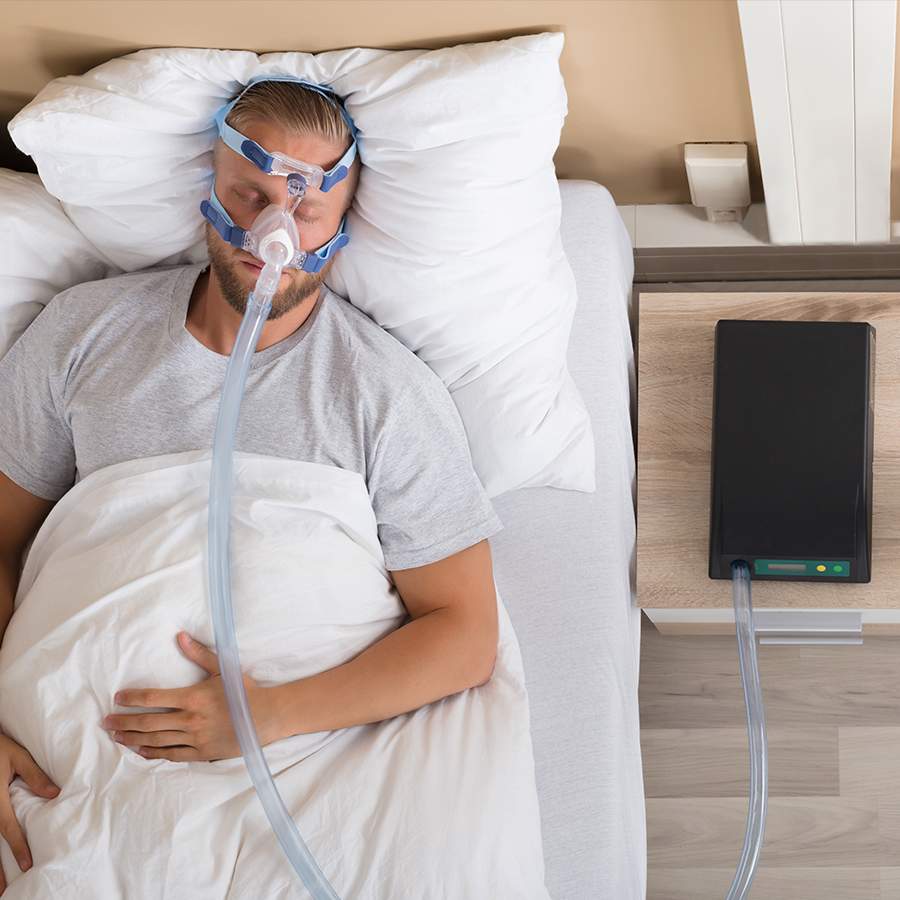Latest Posts
Common Reasons for CPAP Intolerance
Treating Sleep Apnea with Custom Oral Appliances
Common Warning Signs of Obstructive Sleep Apnea
Simple and Effective: NightLase Laser Snoring Therapy
What Is The Best Sleep Position For People With Sleep Apnea?
Archives
September 2020
July 2019
June 2019
May 2019
April 2019
February 2019
December 2018
September 2018
July 2018
May 2018
April 2018
March 2018
February 2018
January 2018
November 2017
October 2017
September 2017
August 2017
July 2017
June 2017
May 2017
February 2017
January 2017
December 2016
September 2016
August 2016
April 2016
March 2016
February 2016
January 2016
December 2015
November 2015
April 2014
March 2014
February 2014
January 2014
What Is the Worst Sleeping Position for Sleep Apnea?
Living a healthy lifestyle requires that one not only maintain an active body but also a nutritious diet. On top of this, it is essential that one tries to get the right amount of restful sleep every night. When the body and mind are fully rejuvenated through sleep, it becomes easier for the anyone to take on the day to the best of their ability.
For some people, however, sleep is not something that’s easy to come by. A great deal of people suffer from sleep disorders that hinder them from having enough rest to feel even slightly rested.
What is Sleep Apnea?
Sleep apnea is one of the most common sleep disorders in the world. This is a condition where the regular flow of air is disrupted while someone is sleeping. Treatments for sleep apnea include a recommendation to use continuous positive air pressure (CPAP) machines and certain lifestyle changes that can help open up the paths for air flow while sleeping.
An individual’s sleeping position may also play a big role in their quality of sleep and the effects sleep apnea has on them while they are sleeping.
Sleeping Positions
Here are some of the most common sleeping positions and how they may affect sleeping patterns:
1. Fetal Position
The fetal position is one of the most well-known sleeping positions. People who sleep in this position look like they’re curled up on their side. It allows the spine to align naturally in rest and helps the body and mind clear out wastes and sort through cognitive functions better than when a person sleeps on their stomachs or on their backs.
This position is also highly recommended for pregnant women. To make it more comfortable, one can stretch out slightly as curling into a tight ball can restrict the movement of the lungs and diaphragm which can hinder breathing.
2. The Log Position
This is when the person sleeps on their side but with both arms down and close to the body. This position can help in reducing the symptoms of sleep apnea and help ease any pain felt in the neck and back as the spine is aligned naturally. To make it more comfortable, one can place a soft pillow or folded towel between the knees to ease the pressure on the hips.
3. The Freefall Position
This position involves the person lying flat on their stomachs with their arms tucked underneath the pillow on either side of their head. The position is described as a feeling of sinking into clouds. Though immensely cozy, this position can lead to pain the neck and back.
It will also cause the individual to toss and turn while trying to get comfortable in this position. To make the position more comfortable, one should use a softer pillow and place it against the forehead and sleep facing downward instead of sideways. This will help keep the airways open while asleep.
4. The Soldier Position
In this position, the person sleeps flat on their back with their arms by their sides. It causes many people to snore, which can not only be disruptive to others trying to sleep nearby, but also cause sleep apnea with shallow, paused breathing that prevents restful sleep.
The position can also cause the carotid artery to thicken and a sore lower back. However, this position does help in preventing acid reflux.
Contact The Snore Experts
If you’re having difficulty obtaining restful sleep due to sleep apnea or if snoring has become a problem in your household, then a trip to the Snore Experts can help you finally find relief. Contact our office to schedule your informative consultation today!
Posted by jason on Feb 15th, 2019 6:45 pm
Filed under General. You can follow any responses to this entry through the RSS 2.0 feed. Both comments and pings are currently closed.
Comments are closed.
Snore Experts Inc
What Is the Worst Sleeping Position for Sleep Apnea?

CPAP/APAP
HOW DO I USE A CPAP?
Positive Airway Pressure (PAP) is considered by many the gold standard for the treatment of sleep apnea, especially for very severe cases. The CPAP and APAP machines are designed to increase air pressure going through the throat. This prevents the airway from collapsing during inhalation. At Snore Experts, we have helped countless patients get a good night’s rest using CPAP treatments to treat their sleep apnea. The goal of positive airway pressure is to keep the airway from collapsing using air pressure.
